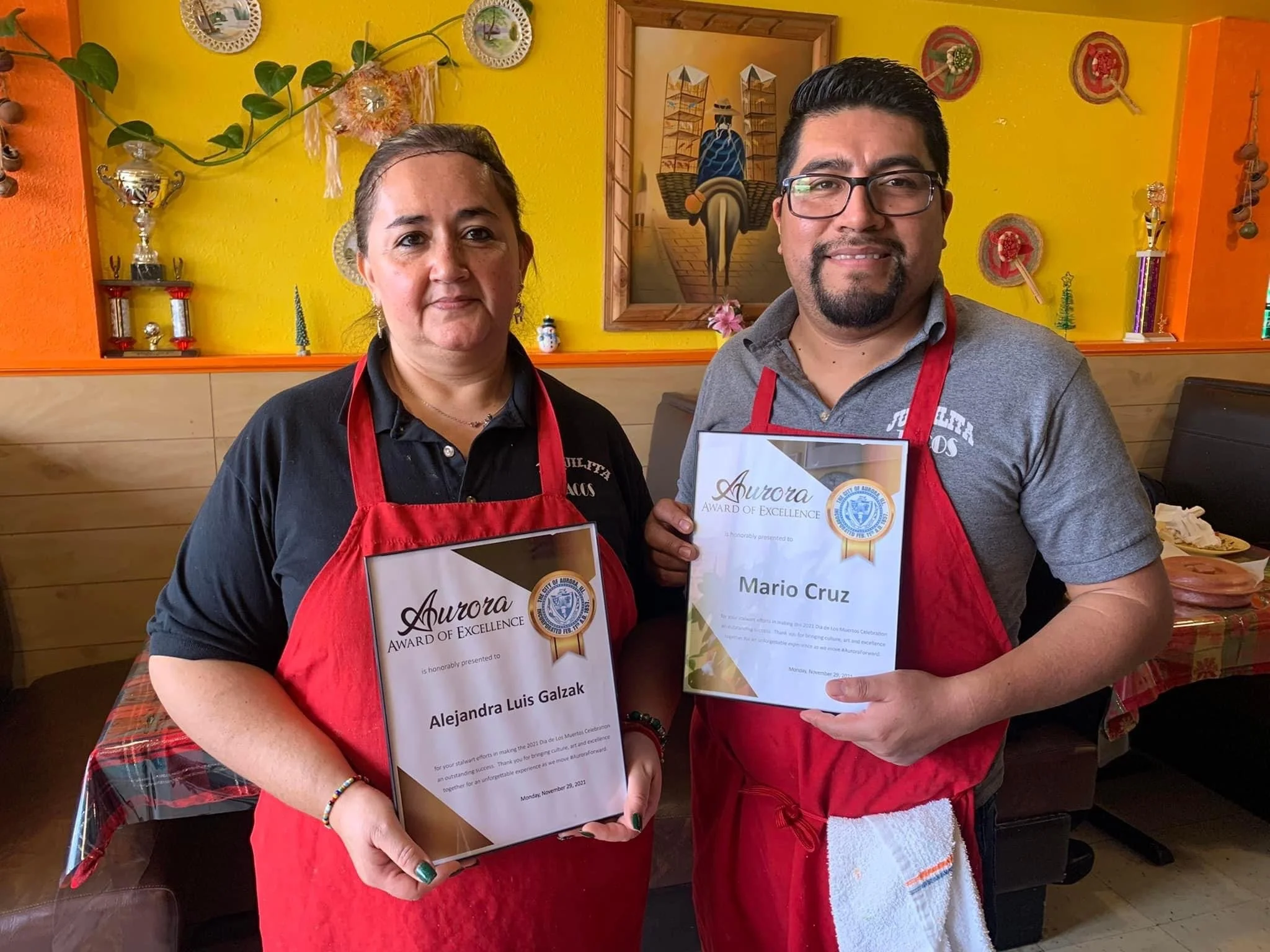Our Story
Opened in April 2011
SANTA Catarina Juquila
(The Virgin of Juquila, La Juquilita, La Morenita, Dear Dark One), the Most Pure Virgin of the Conception of Amialtepec.)
Located in the Mexican state of Oaxaca, 4 hours Southeast of Oaxaca City, La Juquilita is a 30-cm statue of natural wood with burn marks from a fire that dates to the 16th century.
The first known owner of La Juquilita a Dominican priest, Frey Juan Jordán de Santa Catarina, the first to bring Christianity to Oaxaca. The statue, which some say came from the Philippines, was kept on the priest's personal altar until he moved away in 1558. Upon departing, the monk gave the statue to his faithful, young indigenous house servant from Amialtepec who had a great love for La Juquilita . The humble peasant kept her on an altar in his hut from where she first began to perform miracles and her fame spread quickly.
In 1633, 75 years later, church authorities took notice of the beloved Virgin of Juquila. As her owner was very old, the clergy built a church for her to ensure that the image would be surrounded by a Christian cult and her offerings would be used appropriately. At first opposed to the idea, the old servant was persuaded to move her out of his hut and into a church.
Every winter, the locals would burn their fields to prepare for spring sowing. One year, a great wind suddenly whipped the fire out of control, and it consumed the whole village, including the church. When the villagers returned to see the aftermath, the only surviving object was La Juquilita, standing on her sculpted agave plant where she remains today. The fire stained her face dark, which has given her the title La Morenita.
As her fame spread from her miraculous survival of the flames, Jacinto Escudero, a priest in the nearby town of Juquila began to covet the statue and announced that it should reside in a larger, more dignified and more accessible church (his own). Her owners were somehow persuaded to let her go, but the night after she was brought to Juquila, the statue returned to the simple folk in the mountains in Amialtepec. The Indians were punished for stealing her, and she was brought back to Juquila and guarded day and night, but still escaped again and returned home. Tension between the towns rose and she was ordered back to Juquila for a third time with extra guards, chains and locks, but La Juquilita would not be chained down. In a flash of light, she was back with the villagers. The priest relented, and the people's love for their La Juquilita doubled.
Transferred to Guadalajara, Escudero forgot the powerful signs the statue had worked to make her will known and asked the bishop of Oaxaca to move her back to Juquila. In 1719. the bishop talked to the people of Amialtepec until they finally gave in. Expecting her to miraculously return to them a fourth time, they even participated in a great, solemn procession escorting her to Juquila. Unfortunately they were disappointed. La Juquilita did not wish to fight the church any longer. She tried to teach her children, but she couldn't force the clergy to learn. Although records were burnt in a fire, it is said that many people died in the church during her first days in Juquila—some think from fighting, others say a plague of sorts, still others say from natural or supernatural powers. Nonetheless the image remained there in her new home, continuing to work miracles both there and in her old home as the people learned how to honor her in both places.
Today, thousands of pilgrims come to Juquila every week, starting their visit in Amialtepec, where they go to the chapel of 'El Pedimento' (the request), a shrine high on a hill near the original site. The ground there is dense clay, considered sacred and said to have healing properties. Some rub their faces with it, some eat it, but most use it to physically shape their requests. As God created Adam out of clay, so here the children of God co-create their dreams, sculpting little clay houses, cars, farm animals, food, husbands, body parts needing healing…. Then they attach a message addressed to La Juquilita and lay the request at the feet of a large ceramic copy of her. Returning the following year, they bring a cross with a sign on which they give thanks for any favors granted. So popular is this shrine that each day a caretaker hauls all of the offerings, requests and crosses out back, forming an enormous holy dump pile.
Having finished at El Pedimento, the pilgrims continue 9 kilometers to Juquila. Many crawl the last two kilometers of dirt road from the entry area to the actual statue, leaving their knees bloody. Once at the feet of La Juquilta, many pilgrims make a promise out loud.
Many stories testify to her willingness to help her children, and she is credited with curing the ill, raising dead babies back to life, granting sudden wealth, etc., but at a price. Petitioners have to keep their promise and observe chastity during the pilgrimage or risk being changed to stone.
December 8 is the feast day of La Morenita of Juquila. Normal days witness hundreds of pilgrims on foot and bicycle, some camping for days or months, but on her special day, the roads are jammed, and it is celebrated with a fair, fireworks, sporting events and indigenous and contemporary dances.



